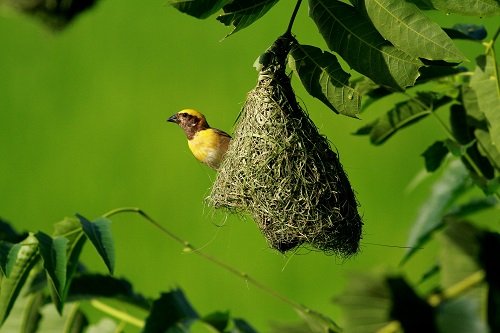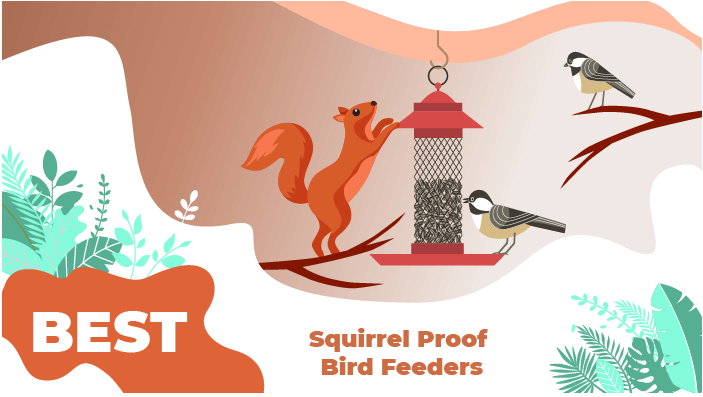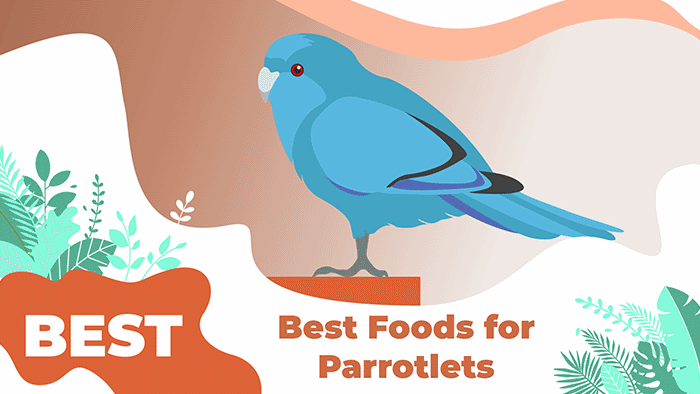12 Adorable Types of Pet Birds You Should Know
This page contains affiliate links. We may earn money or products from the companies mentioned in this post through our independently chosen links, which earn us a commission. Learn More
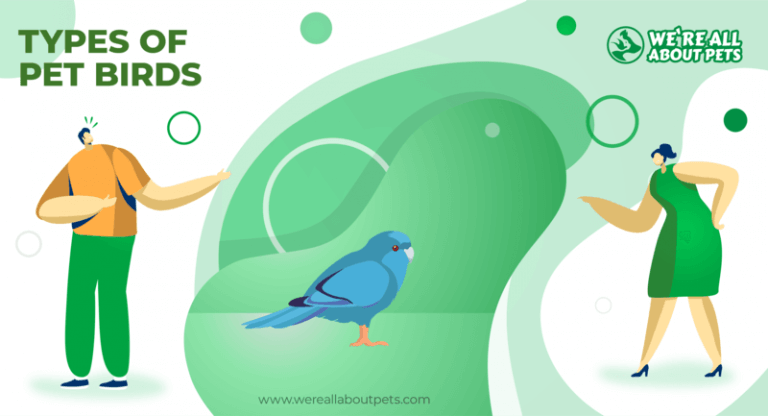
There’s a big difference between keeping a birdfeeder outside your window and keeping a bird as a pet. While the birds in your backyard may appreciate the extra food you give them, they are self-sufficient and have a whole life beyond what you see.
If you choose to keep a bird as a pet, it becomes your responsibility and that includes everything from providing a suitable habitat to offering a healthy diet.
Birds make wonderful pets, but they can be quite challenging as well. What it really comes down to, however, is choosing the right type of bird.
This choice comes from a combination of factors including your experience as a bird owner, the amount of space and time you have to dedicate, and what you’re looking for in a pet.
Read on to learn the basics about bird care and some of the most popular types of pet bird to help you decide.
12 Types of Pet Bird
All birds belong to the taxonomic class Aves in the kingdom Animalia, phylum Chordata. For many years, the estimated number of bird species was between 9,000 and 10,000 but new research led by the American Museum of Natural History suggests the real number may be much higher than previously thought. A report issued in 2016 puts the new estimate around 18,000 unique species.
Birds come in all shapes and sizes from the tiny bee hummingbird at just 2 inches in length to the giant 9-foot ostrich. More than half of all birds are passerine, or “perching” birds, and some species can’t fly.
Though there are thousands of different bird species in the world, a limited number of have been domesticated for the pet trade.
Here’s a quick overview of some of the best birds for pets:
1. Parrots (order Psittaciformes)
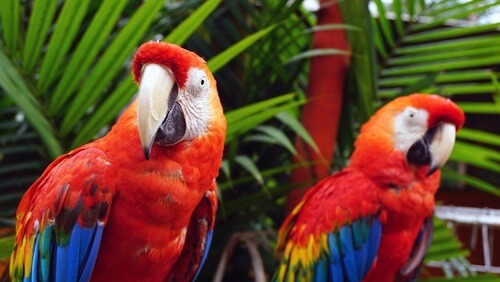
- Origin: Various
- Price: $30 to $3,000+
- Size: Various
- Color: Various
There are roughly 400 different types of parrots in the world, divided into three superfamilies and about 92 different genera. Parrots come in a wide range of sizes from large parrots like cockatoos and Amazon parrots to smaller species like budgerigars and lovebirds. Other popular parrot species include the Senegal parrot, eclectus parrot, African grey parrot, the yellow-naped Amazon, the Meyer parrot, pionus parrots, and various conures.
2. Parakeets (Melopsittacus undulatus)
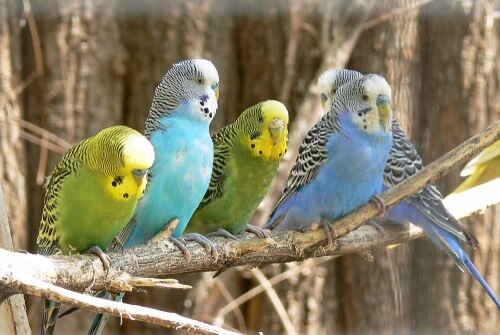
- Origin: Australia
- Price: $10 to $35
- Size: Up to 12 inches
- Color: Green, blue, yellow
One of the most popular pet bird types is the parakeet because they are fairly small, inexpensive, and easy to find in pet stores. There are several types of parakeets including the Australian budgerigar or budgie (Melopsittacus undulatas) and the monk parakeet, also known as the Quaker parrot. Budgerigars grow up to 7 inches in length while Quakers can grow up to 12 inches long.
3. Cockatiels (Nyphicus hollandicus)
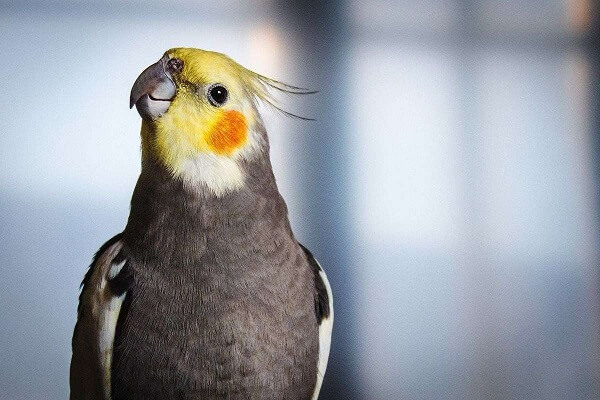
- Origin: Australia
- Price: $75 to $250
- Size: Up to 13 inches
- Color: Grey, white, yellow
If you’re looking for a medium-sized pet bird you can interact with on a daily basis, the cockatiel is a great choice. These birds are known for their friendly personalities and goofy demeanors, as well as their habit for whistling. Cockatiels look like mini cockatoos with the yellow crest on their heads and they usually come in combinations of grey, yellow, and white. These are active little birds, so they require a fairly spacious cage for exercise potential.
4. Conures (subfamily Arinae)
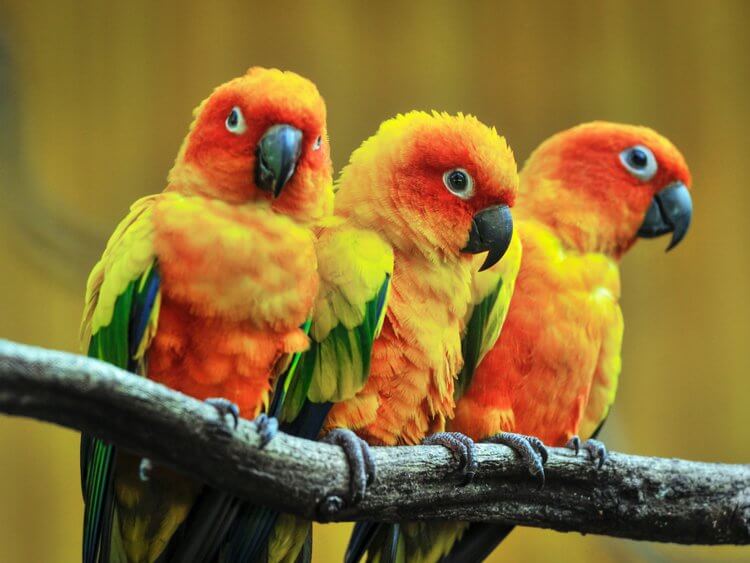
- Origin: Western Hemisphere
- Price: $150 to $350
- Size: Small, medium
- Color: Various
Conures are a group of small to medium parrots that come in a wide array of colors and grow from 10 to 20 inches. These birds are friendly and fun-loving, often nicknamed the clowns of the parrot family. Though found throughout the western herisphere, most species come from South America. Some popular conure species include the green-cheeked conure, the sun conure, and the Jenday conure.
5. Macaws (Psittacidae genera)
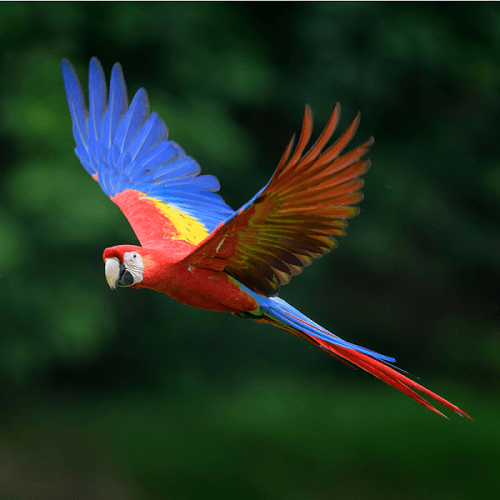
- Origin: Central America, North America, South America
- Price: $700 to $3,500
- Size: Up to 3 feet
- Color: Various
Some of the largest pet birds you’ll come across, macaws are brightly colored parrots that are easily distinguished by heir large hooked bills, their bare faces, and long tails. Hyacinth macaws are the largest of the macaw species, growing over 3 feet long. If you’re looking for a pet bird that will form close bonds and act as a companion parrot, the macaw is a great choice.
6. Lovebirds (genus Agapornis)
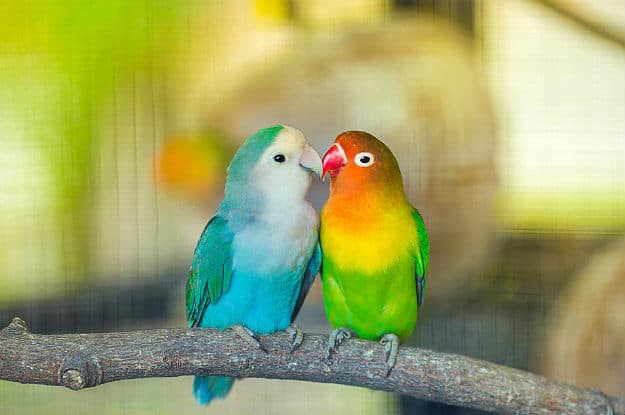
- Origin: Africa
- Price: $150 to $350
- Size: Small
- Color: Green, orange, yellow
Named for their affectionate nature and the close bonds they form with mates, lovebirds are a small parrot native to Africa and Madagascar. These birds grow up to 6 ½ inches long and have bright colors of green, orange, and yellow – sometimes blue. The most popular species for the pet trade are the peach-faced lovebird (Agapornis roseicollis) and Fischer’s lovebird (Agapornis fischeri). Lovebirds are fairly active and require a lot of attention and human interaction.
7. Parrotlets (family Psittacidae, tribe Arini)
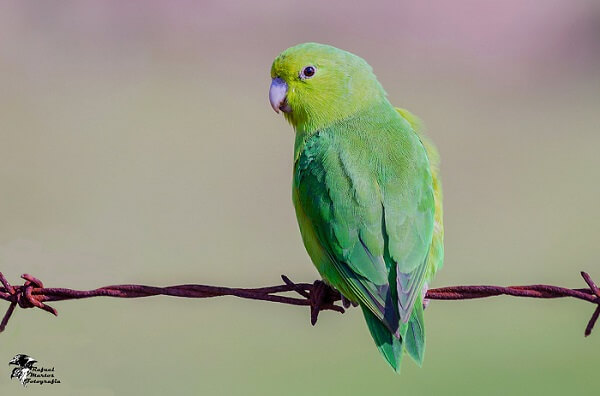
- Origin: Middle & South America
- Price: $100 to $350
- Size: Small
- Color: Green, yellow, blue
A small group of New World parrots, parrotlets grow up to 5 inches long and typically exhibit blue, green, and yellow coloration. These birds live in large flocks in the wild and are endemic to Middle and South America. The most popular species in the pet trade are the Mexican parrotlet (Forpus cyanopygius), green-rumped parrotlet (Forpus passerinus), and Pacific parrotlet (Forpus coelestis).
8. Caiques (genus Pionites)
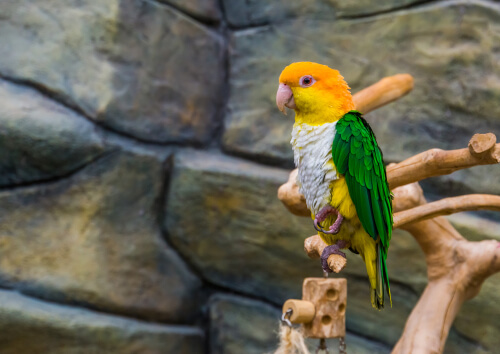
- Origin: South America
- Price: $600 to $800
- Size: Medium
- Color: Green, yellow
If you’re looking for a pet bird that is full of energy and will always keep you laughing, consider a caique. These medium-sized birds love to be the center of attention and they can be quite goofy. The two most popular pet species are the black-headed caique (Pionites melanocephala) and the white-bellied caique (Pionites leucogaster). Both are native to South America and live up to 40 years.
9. Finches (family Fringillidae)
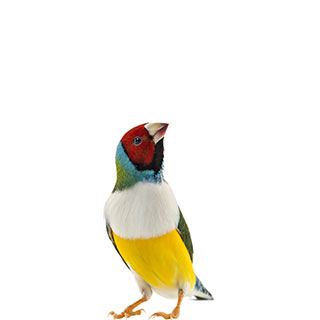
- Origin: Various
- Price: $15 to $75
- Size: Small, medium
- Color: Various
Finches are small to medium-sized passerine birds belonging to the family Fringillidae. Some popular species of pet finch include the zebra finch, star finch, and java sparrow. Though now popular as pets, finches were once used in the U.S. and Canada to detect carbon monoxide in the coal mining industry.
10. Canaries (genus Serinus and Crithagra)
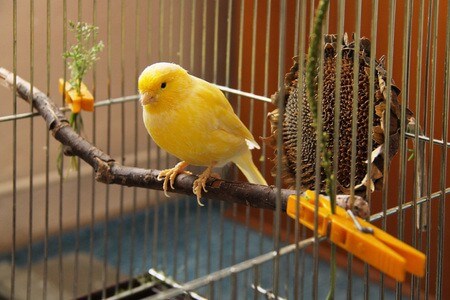
- Origin: Canary Islands
- Price: $25 to $150
- Size: Small
- Color: Yellow, orange, red
Like finches, canaries were once used in the coal mining industry to detect carbon monoxide but are now popular pet birds. The most popular species of pet canary are the Atlantic canary and the yellow canary. Canaries are small birds that come in various shades of orange, yellow, and red. These little birds are usually kept on their own and have been known for their beautiful singing voices.
11. Doves (Meriones unguiculatus)
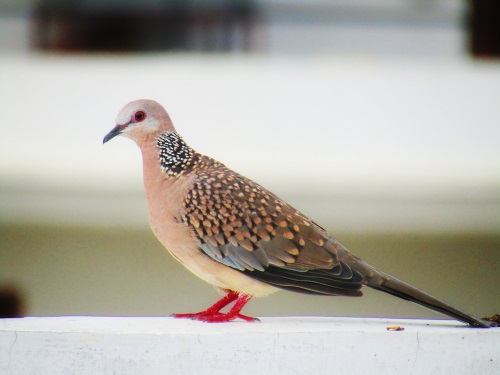
- Origin: Various
- Price: $25 to $50
- Size: Small
- Color: Grey, brown, white, blue
While many pet birds are noisy, doves are very quiet. Another benefit of pet doves is that they don’t require much social interaction, but they are still entertaining pets and they make a pleasant cooing noise. Popular species of pet doves include the ring-necked dove and the diamond dove.
12. Lories (tribe Loriini)
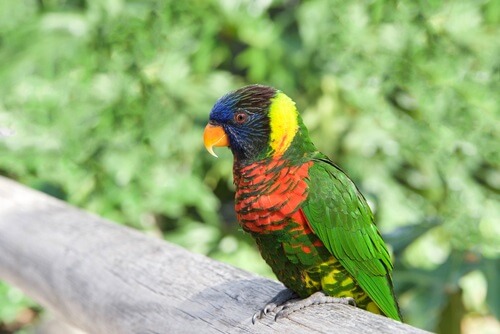
- Origin: Southeastern Asia
- Price: $600 to $1,000
- Size: Small, medium
- Color: Varied
The lorikeet is also known as the lory and is a small to medium-sized bird found throughout Southeast Asia. These birds are known for their bright colors, particularly the rainbow lorikeet. Lories are playful and active birds, so they need plenty of toys and a large flight cage or aviary.
The Benefits of Owning a Pet Birds
Though a bird may not be the first thing that comes to mind when you think of an animal companion, but the truth is they make excellent pets. Birds are highly intelligent, and many species can be trained to perform tricks and to mimic human speech. A feathered friend has the potential to become just as close as any dog or cat would, and it may even be able to talk back when you speak to it!
Here are some of the other benefits of birds as pets:
- Pet birds come in a wide range of sizes, so they can be a good fit for just about any living situation. Small birds like finches work well for apartments while bigger bird species like large parrots are an option for people who have more space to work with.
- The cost to keep pet birds is less than you might expect, depending what species you choose. While some species cost hundreds of dollars to purchase, they don’t need much other than a suitable cage with plenty of toys, a healthy diet, and lots of attention.
- Feeding a pet bird is relatively simple and inexpensive. Even large birds require a small volume of food compared to other pets like cats and dogs. For example, a small parrot only needs about ¼ cup of commercial parrot food and a few teaspoons of seed per day.
- Some pet birds form close bonds with their human caretakers. If you’re looking for a sociable pet that will interact with you a lot, the best pet birds may be lovebirds or other parrots.
- Caring for a pet bird is relatively simple compared to caring for a dog or cat. You can keep your bird in its cage most of the time (especially when you can’t supervise it), you don’t have to worry about much grooming, and they don’t need to be taken outside.
While birds do make good pets, they aren’t the best choice for everyone. Before you get a new pet, it’s important to do your research to understand what you’re getting into. There is a bit of a learning curve for first-time bird owners, so review some of the things you should know in the next section.
What to Know Before Getting a Pet Bird
Many people grow up with dogs and cats in their lives but caring for a pet bird may be a foreign experience for you. If you’re a first-time pet owner, it’s important to take the time to do your research before bringing home your new pet.
Not only should you learn the basics about caring for pet birds, but you should be fully educated on the requirements of the specific type of bird you choose.
Here are some important things to consider for pet birds:
- It may seem like it doesn’t need to be said, but birds have wings which means they can fly. Larger birds like parrots can have their flight feathers trimmed to keep them from doing much more than gliding, but smaller birds may take off and be difficult to catch if they get out.
- While most pet birds have relatively simple diets, their needs are specific. Make sure you understand the dietary requirements of whatever bird you choose and be prepared to meet them with a high-quality commercial bird food supplemented as needed with fresh foods.
- Different bird species have different lifespans, so be prepared to make a long-term commitment with certain options. Finches and other small birds may only live a few years but large parrots can live for 50 years or more.
- Certain species of bird will spend the majority of their lives in the cage, so make sure to choose a large cage. Bigger birds may only stay in the cage overnight and can be released to stretch their wings during the day while smaller birds like finches need a cage big enough for flight.
- Some pet birds require a lot of human interaction while others prefer the company of their own species. Make sure you know what type of bird you’re getting so you will know what to expect. Parrots, for example, require a lot of training and socialization. Some are big talkers too!
Birds make great pets for the right owner, but there are so many species to choose from it can be difficult to pick!
Take what you’ve learned here to decide which type of pet bird to get then check out our other guides to get started with your new pet!






